If you’re one of those folks who just can’t seem to “buy an antler” when you’re out shed hunting, use these 10 tips to improve your odds!
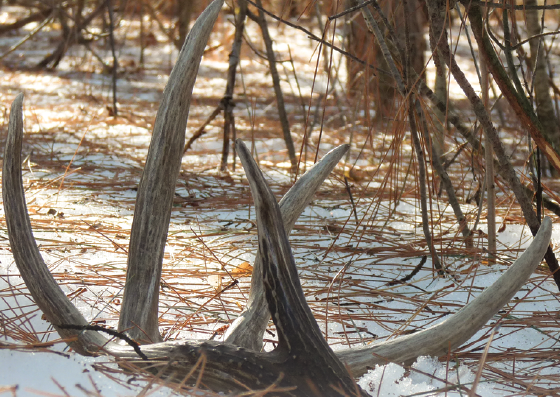

If you’re one of those folks who just can’t seem to “buy an antler” when you’re out shed hunting, use these 10 tips to improve your odds!
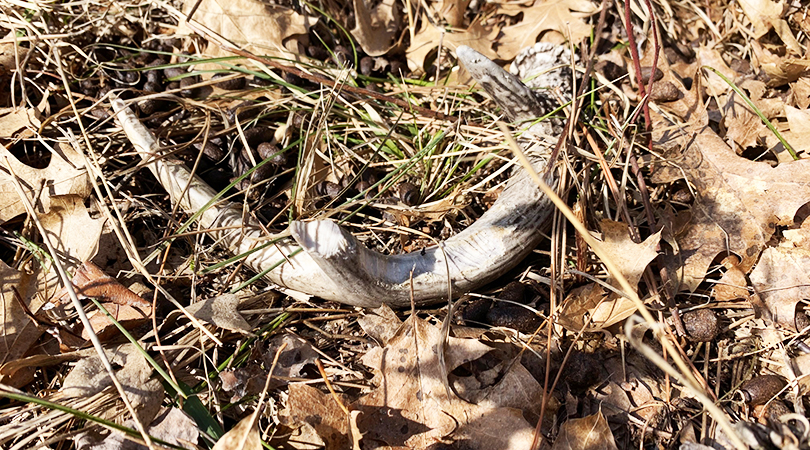
Shed hunting during the pandemic is a small escape from the reality of our situation.
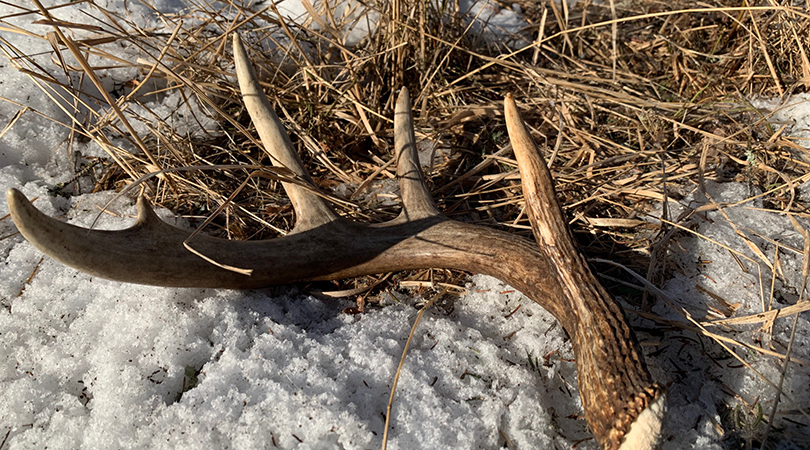
Let’s get you on the board and help you get a few shed antlers under your belt.
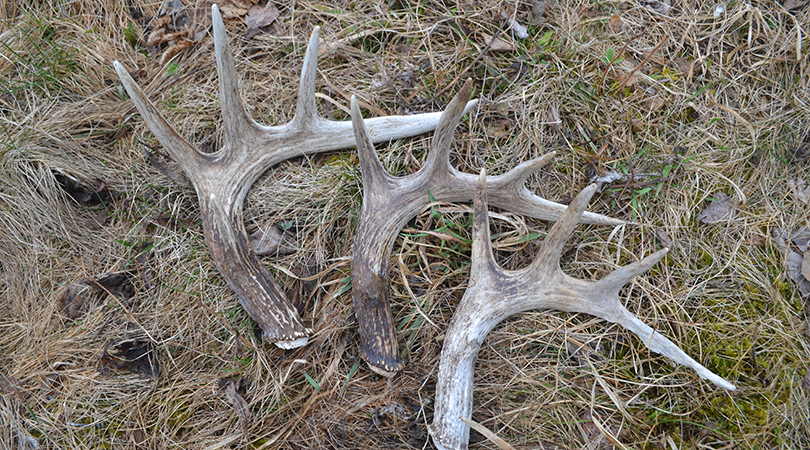
Although finding any shed is thrilling, the experience is a little sweeter when you find a shed off a familiar deer.

Seldom does the topic of shed hunting etiquette come up. However, simply putting the topic out in the open and making sure everyone is on the same page can prevent awkward situations later.
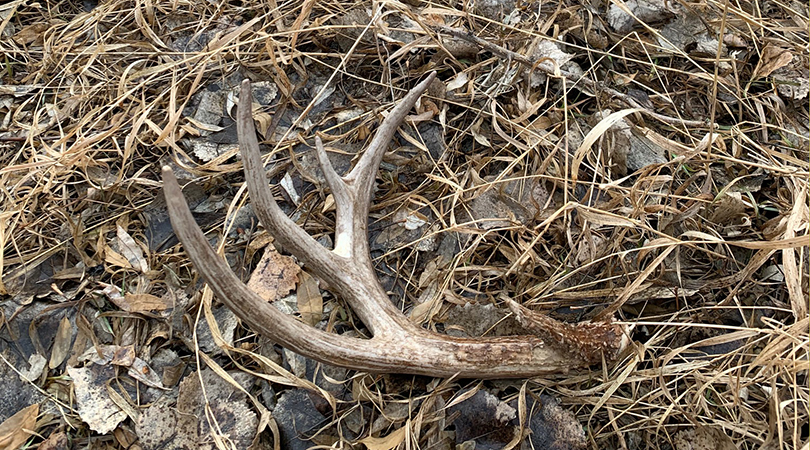
It pays to take a little time to break down your shed hunting ground and form a quick strategy.
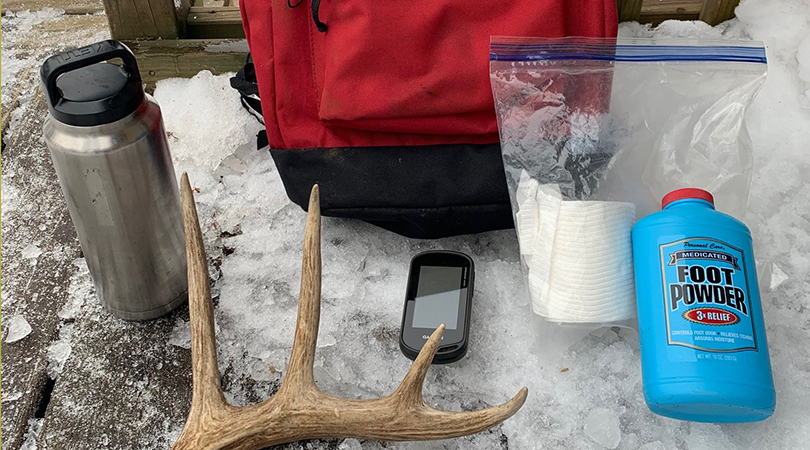
If you’re going to be doing some serious shed hunting, where you expect to find a bunch of sheds or plan to be walking for several days, here’s what to bring.
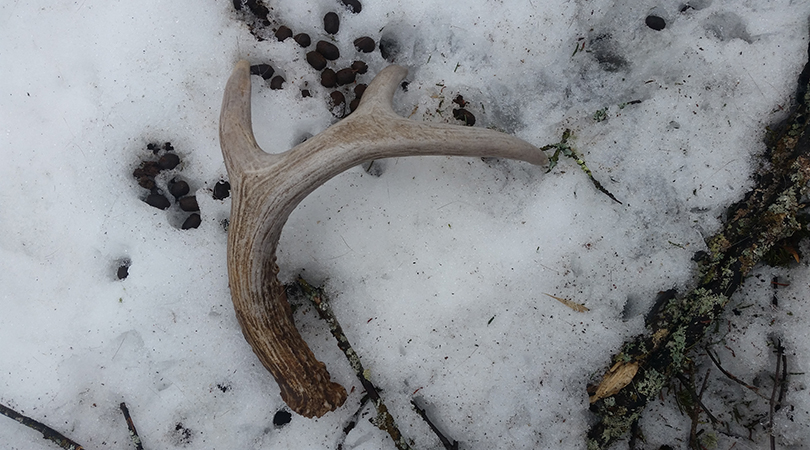
Where to look for sheds is a broad topic that varies across whitetail range, depending on what habitat is available. But two things are universal.

There’s no magic gizmo that will help you shoot big bucks. The same can be said for finding shed antlers.
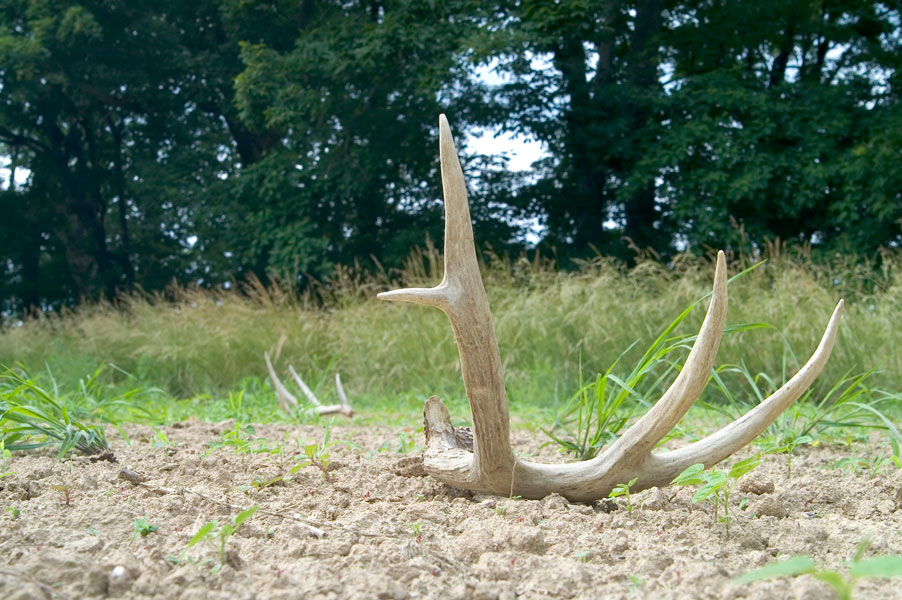
A huge part of finding deer shed antlers and scouting is simply covering ground. Once you have a plan for the locations you want to search, just lace up your boots, grab your backpack, map, compass or GPS, and start hiking.